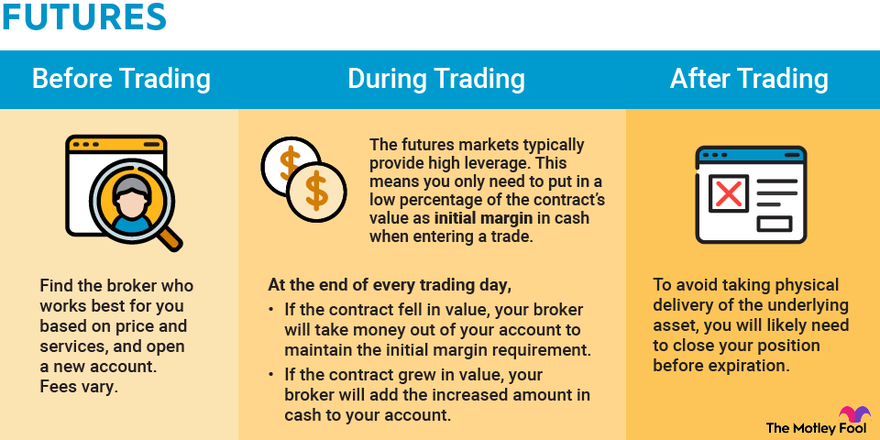The Role of Futures Trading in Today's Market
The Role of Futures Trading in Today's Market
Blog Article
Take-profit trading is an important strategy for many traders looking to lock in profits while controlling risks effectively. But, also skilled traders usually produce take profit trader that will influence their returns. By getting conscious of these frequent issues, you can improve your strategies and produce take-profit trading work to your advantage. Here's a breakdown of the most frequent mistakes to watch out for and how to prevent them.
1. Setting Unlikely Gain Goals
A substantial error traders produce is placing profit targets that are very ambitious. While the purpose of take-profit trading is to maximize gets, unlikely objectives often bring about overlooked opportunities. For example, in place of looking for a reunite that's unlikely within economy conditions, traders must analyze historical value actions, trends, and realistic gain margins.
To correct that, align your profit goals with market volatility and traditional opposition levels. Looking for feasible objectives diminishes stress and escalates the likelihood of continually securing in profits.

2. Ignoring Market Styles
Trading against the marketplace development is just a formula for failures, even if take-profit levels are involved. Some traders collection rigid profit targets without accounting for the overall way of the market. This often contributes to rapid exits or missed opportunities to capitalize on significant price movements.
Ensure that the take-profit strategies align with prevailing trends. Applying resources like moving averages or trendlines can help recognize the broader market way, ensuring you quit trades at optimum levels.
3. Failing continually to Regulate for Industry Problems
The markets are active and continually changing. Sustaining a static take-profit technique, aside from current situations, raises the danger of inefficiency. Many traders stay for their preliminary programs even if new data or changes in economic problems suggest otherwise.
To handle this, undertake a flexible approach. Check crucial facets like market media, volatility, and macroeconomic indicators. Adjust take-profit levels as new information emerges to ensure they stay relevant.
4. Overlooking Risk-Reward Ratios
A common oversight is based on ignoring the risk-reward percentage of trades. Some traders set small take-profit degrees that do not seem sensible provided the amount at risk. Like, endangering $100 to achieve $50 undermines effective trading principles.
In order to avoid this mistake, strive for a risk-reward percentage of at least 1:2. This implies the potential income should be at the very least dual the total amount you are prepared to risk. Following this principle advances the chances of long-term profitability.

5. Mental Trading
One of the most detrimental problems in take-profit trading is making thoughts influence decisions. Fear and greed usually cause modifying take-profit degrees impulsively, which reduces likelihood of staying with an audio strategy.
Combat this by relying on strong examination and sticking to predefined rules. Applying computerized trading programs may also help eliminate the effect of thoughts by executing trades predicated on predetermined criteria.
Preventing these frequent mistakes requires control, continuing analysis, and a readiness to adapt. By carefully handling your take-profit methods, you are able to enhance your trading achievement and reduce unnecessary losses. Report this page